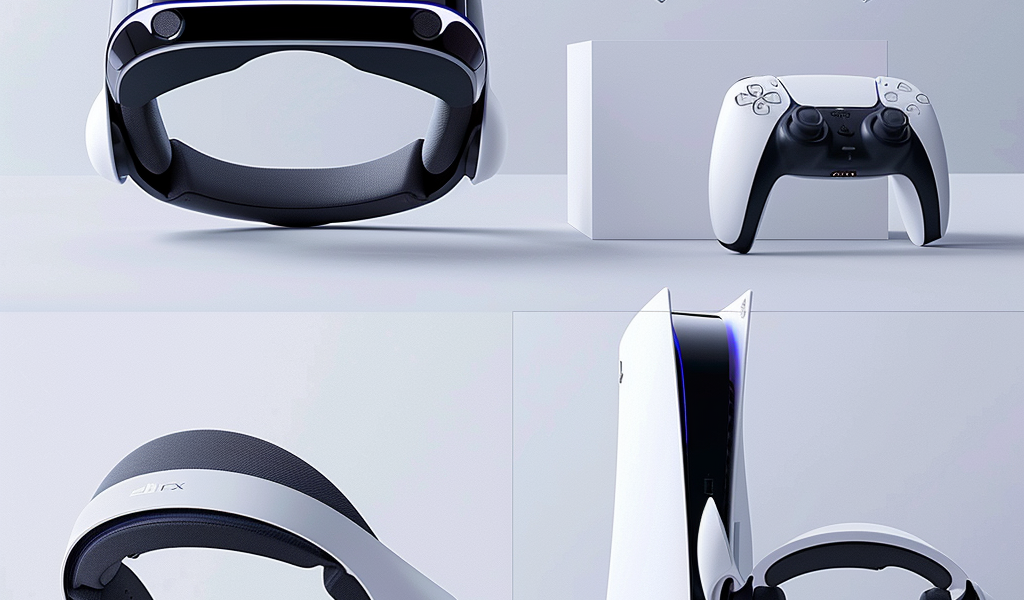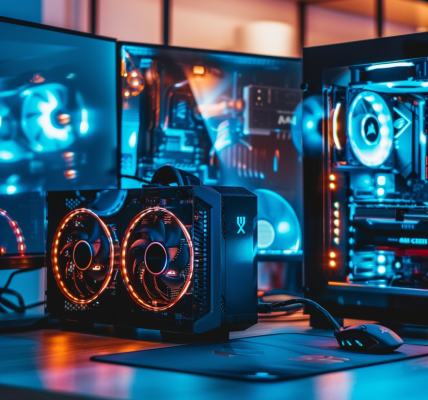Sony Group Corp. has put a temporary halt on the production of its PSVR2 headset due to an accumulation of unsold units, as reported by individuals familiar with the company’s plans. This decision has raised concerns about the overall appeal of virtual reality devices in the market.
The $550 wearable accessory, designed for use with the PlayStation 5, has experienced a gradual decline in sales since its launch, resulting in a surplus of the product. Sources revealed that Sony has manufactured over 2 million units of the PSVR2 since its release in February of the previous year.
According to IDC, a company that monitors deliveries to retailers, PSVR2 shipments have witnessed a decrease in every quarter following its introduction. The excess inventory of the headset is reportedly present across Sony’s supply chain. Despite these challenges, IDC’s Francisco Jeronimo anticipates a potential resurgence in the VR market in the coming years, especially with the anticipated entry of Apple Inc. He stated, ‘We forecast the VR market to grow on average 31.5% per year between 2023 and 2028.’
Despite being a prominent player in the virtual reality sector, Sony, along with Meta Platforms Inc., has encountered difficulties in attracting sufficient content and entertainment creators to enhance the appeal of their platforms. This issue is not unique to Sony, as Apple’s Vision Pro headset has also faced similar challenges, launching without tailored apps from key entertainment platforms like Netflix and Alphabet Inc.’s YouTube.
Following the announcement of the closure of its PlayStation London division, which was primarily dedicated to developing virtual reality games, Sony has also undergone a series of layoffs affecting in-house studios such as Guerrilla Games. This studio had been working on an exclusive game for PSVR2 within its popular Horizon series, Horizon Call of the Mountain.
Macquarie analyst Yijia Zhai highlighted the high price of VR hardware as a significant barrier to its expansion, coupled with the limited games supporting VR devices, which hinders consumer motivation to invest in such hardware. Zhai explained, ‘Currently, there are limited games that support VR devices, and that will also lead to lack of motivation for players to purchase VR hardware. This limited content also has a reason – the development cost for VR games is substantially higher than normal titles.’
Sony continues to focus on broadening the range of content available on the PSVR2. In February, the company announced its testing of PC compatibility to expand the appeal of the headset.





